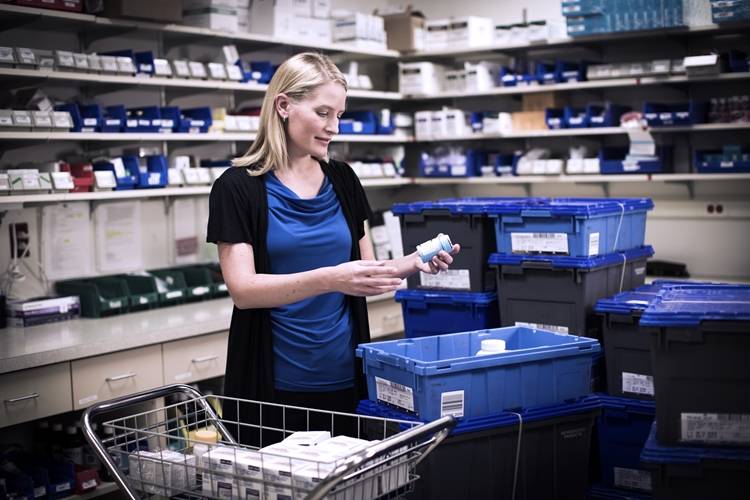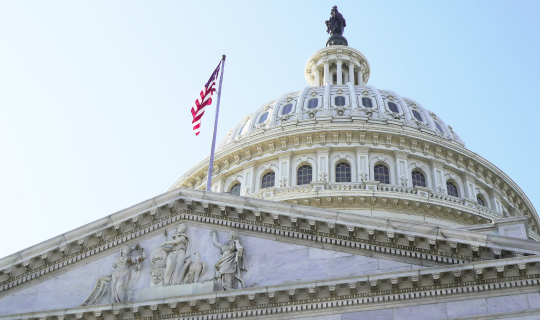Partnering With Your Distributor for USP 800 Compliance
By Darin Thornburgh

The end of 2019 brought new guidelines for the handling of hazardous drugs with the USP <800> ruling. These new standards, which are linked to current USP <795> and <797>, are meant to promote greater safety within healthcare settings and apply to anyone who stores, transports, prepares or administers hazardous drugs; including all front-line personnel across the healthcare continuum. These regulations are due in part to the increasing prevalence of hazardous drugs in the healthcare setting. Each year, more than 8 million American healthcare workers are exposed to these drugs as part of their jobs.1
As these standards put greater focus on the importance of patient, personnel and environmental safety, health systems are tasked with elevating staff awareness and modifying existing practices to ensure these new compliance standards are being met before they are enforced. Health systems, however, are not alone in this process. System leaders can leverage the support and expertise of their distribution partner to help them achieve and maintain compliance with the new USP <800> standards.
Supporting safer distribution practices for hazardous drugs
Pharmaceutical distributors continuously innovate practices to better support a range of customer needs, including regulatory compliance. Many have implemented enhancements to their e-commerce ordering platforms and distribution practices, especially with regard to identifying, labeling and shipping medications with a NIOSH rating. This shift toward providing greater visibility allows health systems to consider medications’ hazard ratings as they make purchasing decisions. For example, within AmerisourceBergen’s e-commerce platform, customers can view a drug's NIOSH rating as well as additional product details when they browse the ordering system. Some distributors also offer details within their order manifests that identify how many and which totes contain hazardous materials, further safeguarding personnel. By providing more comprehensive information about hazardous medications, distributors are advancing their communication and support beyond traditional tote labeling practices.
Greater transparency with tote labeling helps health system personnel remain in compliance when unpacking the medications. As a standard practice, NIOSH Table 1 items always ship in a separate tote with the label marked “NT1." NIOSH Table 2 and NIOSH Table 3 typically ship with non-hazardous items. Each tote's label will show the highest level of hazardous contents included. Health systems should rely on their distribution partner to provide additional information, or even training regarding their unique labeling practices as they vary from wholesaler to wholesaler.
Consulting services that optimize compliance practices
A distributor's role in supporting health system safety can go beyond labeling and shipping practices. The right distribution partner will offer additional consulting and guidance from pharmacy experts on improving facility design equipment and modifying work flow processes. USP <800> regulations call for changes to segregated storage and preparation areas for hazardous drugs and require the administration of these medications through closed-system transfer devices (CSTDs). These updates will require some health systems to make significant modifications to their infrastructure and processes to achieve compliance. Some distributors offer gap analysis consulting services for USP <800> that can help health systems determine where they should focus their improvement efforts.Although the USP <800> standards are not yet being enforced within every state, as a best practice, health systems should begin making the necessary changes and investments needed for compliance. As part of this process, health systems may benefit from the knowledge, experience and capabilities that their distributor offers about the most up-to-date USP and NIOSH requirements. This additional layer of support can help health systems implement these compliance changes faster and more efficiently. The right distributor can and should be more than just a wholesale vendor; they will be a partner with the knowledge and means to help health systems operate more safely and keep pace in the rapidly-evolving healthcare landscape.





